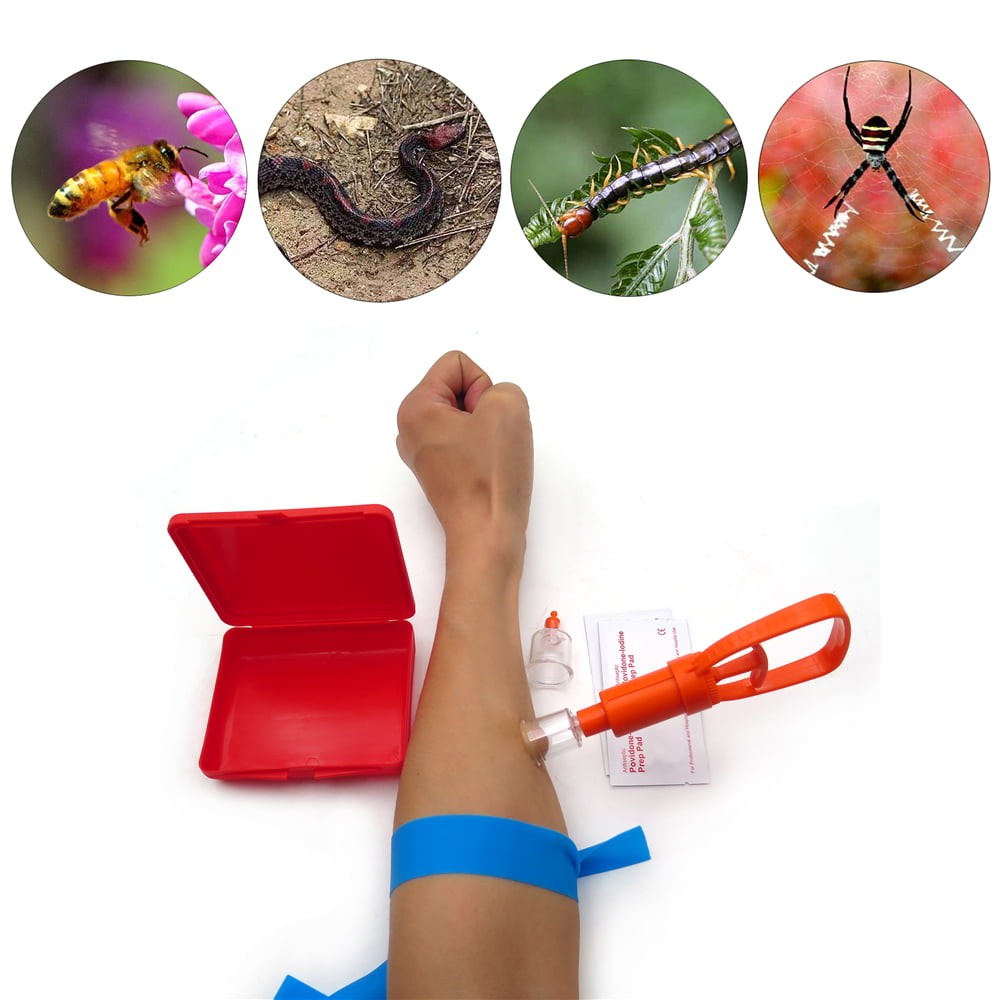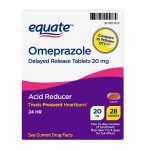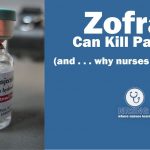
Contents
- 1 Snakebite (Snake Bite)
- 1.0.1 What is a nonvenomous snakebite?
- 1.0.2 What are the symptoms and signs of a venomous snakebite?
- 1.0.3 How are venomous snakebites diagnosed?
- 1.0.4 What is the treatment for a venomous snakebite?
- 1.0.5 What are the complications of a venomous snakebite?
- 1.0.6 Is it possible to prevent a snakebite?
- 1.0.7 What is the prognosis for a venomous snakebite?
Snakebite (Snake Bite)
A venomous snakebite is a puncture wound made by a snake that can inject, secrete, or spit venom into the skin, mucus membranes, or eyes. Worldwide, there are 20,000 to 100,000 snakebite deaths per year. In North America, there are 25 species of venomous snakes. Poisonous species can be found in zoos, private homes, and other areas. About 7,000 snakebites are reported in the US, with an estimated 45,000 bites occurring annually, and around 8,000 caused by poisonous snakes. There are approximately five deaths per year due to snakebites. The most common venomous snakes in the US are:
- Rattlesnakes
- Copperheads
- Cottonmouths/water moccasins
- Coral snakes
The first three are pit vipers, and the coral snake is an elapid with fixed fangs and no pit. Brown snakes are also elapids and highly poisonous.
What is a nonvenomous snakebite?
- A nonvenomous snakebite is a puncture wound made by a snake that cannot secrete venom. This should be distinguished from a dry bite.
- A dry bite is a bite by a venomous snake that does not inject venom.
- Bites from nonvenomous snakes or dry bites should still be evaluated as they can cause significant tissue damage or infections.
What are the symptoms and signs of a venomous snakebite?
The symptoms of a venomous snakebite depend on the type and amount of venom. Symptoms can be grouped into four categories:
- Cardiotoxins: act on heart tissue.
- Neurotoxins: act on nervous system tissue.
- Cytotoxins: act on tissue at the bite site or absorbed by the venom.
- Hemotoxins: act on the blood coagulation system and may cause internal bleeding.
Some toxins can cause multiple effects. The CDC lists the following potential signs of a venomous snakebite:
- Puncture marks at the wound
- Redness and swelling around the bite
- Severe pain at the bite site
- Nausea and vomiting
- Labored or stopped breathing
- Disturbed vision
- Increased salivation and sweating
- Numbness or tingling in the face and/or limbs
Symptoms can occur quickly or be delayed, depending on the toxin and absorption amount. Children and individuals with certain medical conditions are more vulnerable to snakebites. Prompt identification of the snake helps with treatment. Time is crucial, so emergency medical care should be sought immediately.
The World Health Organization (WHO) has recognized snakebite as a neglected tropical disease. In regions with limited antivenom supplies, delays in treatment can lead to fatalities.
How are venomous snakebites diagnosed?
Any snakebite requires emergency medical evaluation. Identifying fang or bite marks helps determine local trauma or tissue damage. Description or pictures of the snake, along with bite circumstances and environment, can provide a working diagnosis. Seeking immediate medical attention and not trying to capture or harm the snake are essential steps.
What is the treatment for a venomous snakebite?
Treatment consists of two phases:
- Emergency treatment on-site and during transport to a healthcare facility.
- Stabilization and supportive care at a healthcare facility, including the administration of antivenin and a tetanus booster if necessary.
Phase one of snakebite treatment
Home remedies, snakebite kits, and other first aid methods can worsen the effects of a snakebite. The CDC recommends:
- Seek immediate medical attention (call 911 or local EMS)
- Try to remember the snake’s color and shape for identification and treatment.
- Remain calm and still to slow venom spread.
- Inform your supervisor if the bite occurs at work.
- Apply first aid while awaiting medical help:
- Lay or sit down with the bite below heart level.
- Wash the bite with soap and water.
- Cover the bite with a clean, dry dressing.
Do NOT do the following:
- Do not try to capture or harm the snake.
- Do not wait for symptoms to appear before seeking medical attention.
- Do not use a tourniquet.
- Do not slash the wound with a knife.
- Do not suck out the venom.
- Do not apply ice or immerse the wound in water.
- Do not use alcohol or caffeine as painkillers.
For Australian elapid snakebites, immediate pressure bandaging at the bite site is recommended. Electric shocks are not advised for any snakebite.
Phase two of snakebite treatment
The second phase involves stabilizing the patient, providing supportive care, and administering specific antitoxin for the snake species, along with a tetanus booster. Consultation with poison control, toxicologists, and surgeons may be necessary. Some snakebites require surgical treatment and hospital admission, while non-venomous snake bites require wound care and possible antibiotic treatment.
What are the complications of a venomous snakebite?
Complications can range from mild to severe and may resemble other diseases. They include pain, swelling, allergic reactions, vision damage, compartment syndrome, infection, limb loss, gangrene, sepsis, internal bleeding, cardiac damage, respiratory problems, psychological effects, and potential death.
Is it possible to prevent a snakebite?
Many snakebites can be prevented by avoiding snakes and not provoking them. Alcohol consumption is a significant risk factor. In snake-prone areas, wearing protective clothing can reduce the chances of a bite.
What is the prognosis for a venomous snakebite?
Most venomous snakebites have a good prognosis when promptly and appropriately treated. Delayed treatment diminishes the prognosis and increases the risk of complications. Snakebite-related deaths are rare in the US, with fewer than 10 per year.
References:
Joseph Palermo, D.O. American Osteopathic Board Certified Internal Medicine
United States. Centers for Disease Control and Prevention. "How to Prevent or Respond to a Snake Bite." CDC.gov. Sept. 21, 2018.
United States. Centers for Disease Control and Prevention. The National Institute for Occupational Safety and Health (NIOSH). "Venomous Snakes." May 31, 2018.
White, Julian, et al. "Snakebites worldwide: Management." UpToDate.com. Jan. 30, 2019.


